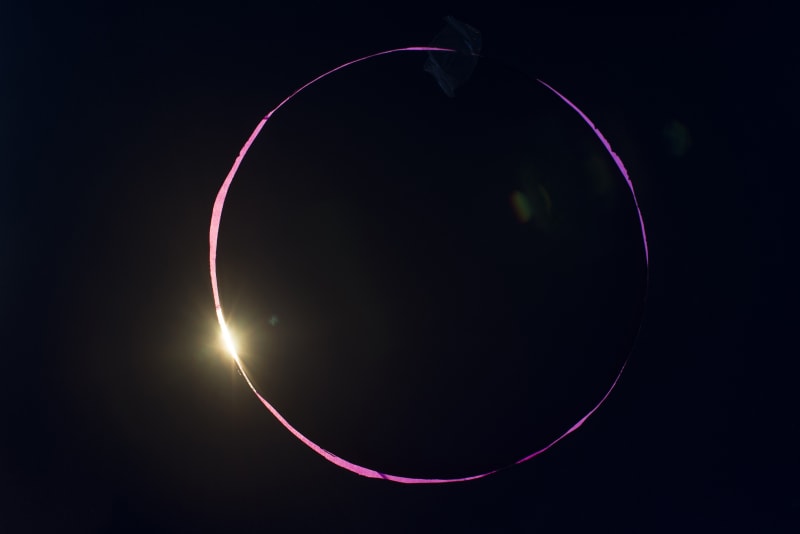As a collector of contemporary art, Pieter Sanders is interested in artists who create their own visions of today's world. In this selection he presents two artists, Johan Nieuwenhuize and Kasia Klimpel. They both use abstract photography to express their view on contemporary society. In his photography, Johan Nieuwenhuize explores how the viewer looks at images of reality. This seems more relevant today, since we are constantly bombarded with images from the Internet and elsewhere. The images include information, fake and real, from social media and other news sources. Johan examines how our image memory system processes all these aspects of contemporary life. With his growing archive of abstract images, such as reflections, walls, windows and other surfaces, Johan creates combinations that play with our own associations. We all see the same images but we will construct our own meaning based on our personal memories and histories. We associate these images with events that never happened, or think we recognize places where we never have been before. In his work, we see, for example clear blue skies that remind us of lovely sunny days, instead of the terrible events that actually happened in the same spot years ago. This intriguing play of memory and association makes this work very powerful. Kasia Klimpel uses the medium of photography in a very different way. Kasia reworks cliché images of nature with props. Her series of landscapes were made by photographing different layers of paper using natural light. She also works with images found through the internet, using the search term 'horizon' (sunsets). This inspired her series "Still", where she applies cliché images of nature photography. Recreating these images of nature, Kasia explores how our memory preconditions the way in which we experience and look at nature. In her work, she deals in a highly original way with our reactions to the abundance of digital cliché images of nature we see in our daily lives. Pieter Sanders "What makes good art, in my opinion, is that it urges the viewer to think about the world in different ways. Both Johan and Kasia succeed in doing this. Looking at their work, we realize that the things we see can have different meanings and that images can manipulate the way we think."





